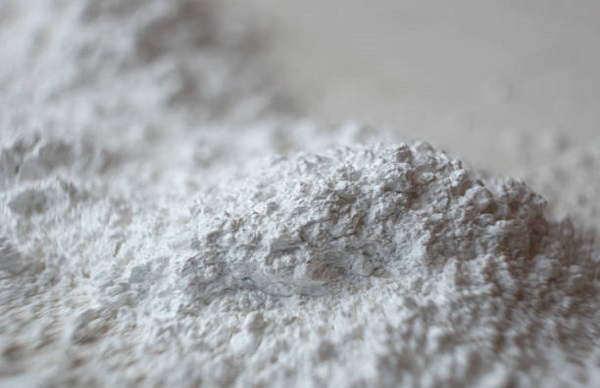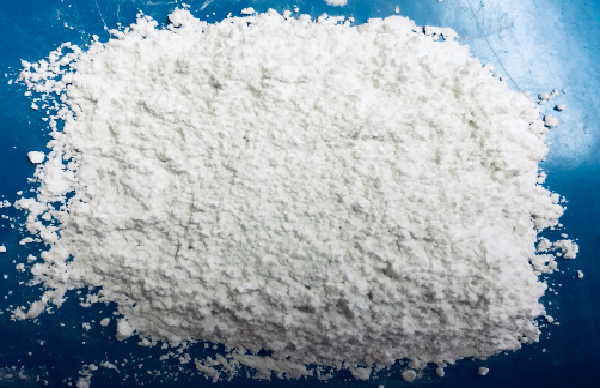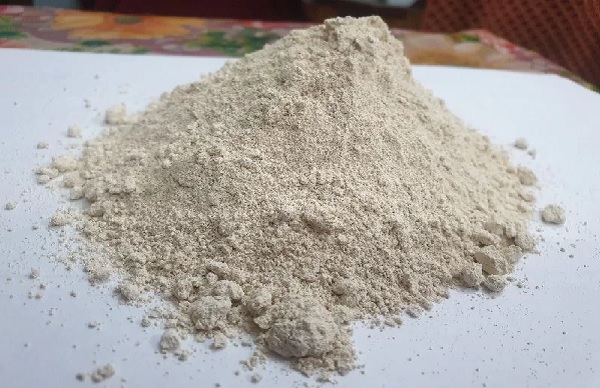
Why is Calcium Carbonate used as an antacid
October 8, 2024
Why is Calcium Carbonate used as an antacid
October 8, 2024Calcium Carbonate Powder Suppliers is a common chemical compound found in rocks, shells, and minerals. While it plays a significant role in various geological processes and is widely used in industries, one of its most notable characteristics is its low solubility in water. Understanding why calcium carbonate is not soluble in water involves examining its chemical structure, the nature of ionic compounds, and the principles of solubility.
The Chemical Structure of Calcium Carbonate
The ionic bond formed between these two ions results in a stable crystalline structure. This structure is held together by strong electrostatic forces, which are the attractive forces between oppositely charged ions. In solid calcium carbonate, these forces create a tightly packed lattice, making it challenging for water molecules to break apart the compound.
The Role of Water as a Solvent
When an ionic compound like calcium carbonate is placed in water, the water molecules surround the individual ions. For solubility to occur, the attraction between the water molecules and the ions must be strong enough to overcome the electrostatic forces holding the ions together in the solid lattice. However, in the case of calcium carbonate, the forces binding the Ca²⁺ and CO₃²⁻ ions are significantly stronger than the attraction between these ions and the water molecules.
Factors Affecting Solubility
Several factors influence the solubility of calcium carbonate in water. One of the primary factors is temperature. Generally, the solubility of most solids in liquids increases with temperature. However, calcium carbonate behaves differently; its solubility actually decreases as temperature increases. This unique behavior is often observed in natural settings, where cooler water can dissolve more calcium carbonate than warmer water.
Another factor affecting solubility is the presence of carbon dioxide (CO₂) in water. When carbon dioxide dissolves in water, it forms carbonic acid (H₂CO₃), which can react with calcium carbonate. This process is crucial in geological environments, such as limestone caves, where acidic water can dissolve calcium carbonate, leading to the formation of stalactites and stalagmites.
Biological and Environmental Implications
The low solubility of calcium carbonate has significant implications in both biological and environmental contexts. In aquatic ecosystems, calcium carbonate plays a vital role in maintaining the balance of pH and calcium levels in the water. Organisms such as mollusks and corals utilize calcium carbonate to build their shells and skeletons, relying on the availability of this compound in the water.
In agriculture, understanding calcium carbonate's solubility is essential for soil management. Farmers often apply lime (which contains calcium carbonate) to acidic soils to increase pH levels. The limited solubility of calcium carbonate means that its effects can be slow-acting, but it ultimately enhances soil health and fertility.
Conclusion
In summary, calcium carbonate's low solubility in water is due to its strong ionic bonds and crystalline structure. The polar nature of water and its interactions with ionic compounds play a crucial role in solubility, but in the case of calcium carbonate, the attractions between water molecules and the ions are insufficient to break the solid structure apart. Factors such as temperature and the presence of carbon dioxide can influence its solubility, leading to various biological and environmental impacts. Understanding these concepts is essential for industries and practices that rely on calcium carbonate. Companies like Sudarshan Group provide valuable insights into the applications of calcium carbonate in various sectors, emphasizing its importance in both industry and nature.



